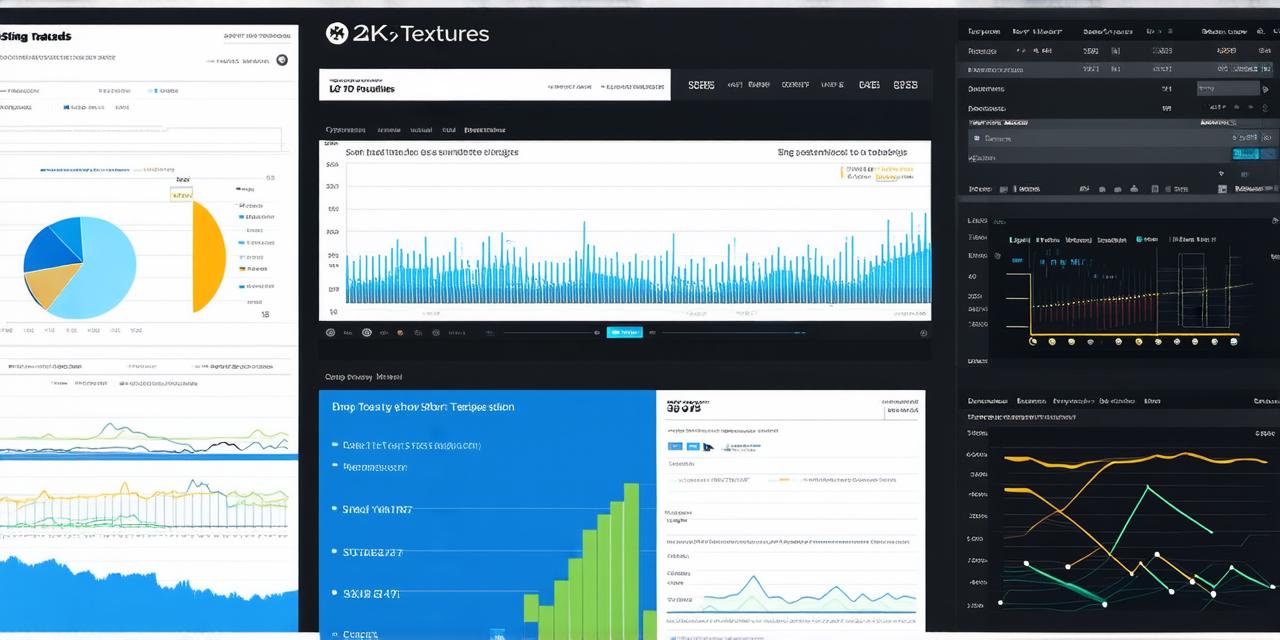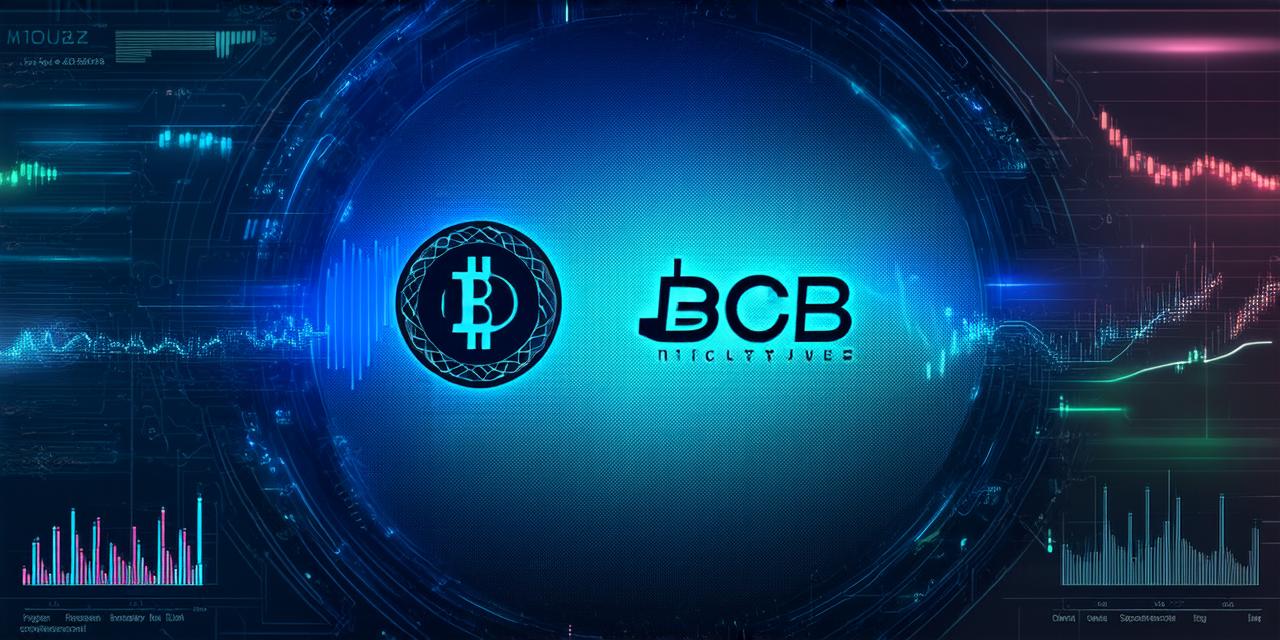
What are the best crypto platforms
As the world becomes increasingly digital, cryptocurrencies have emerged as an attractive alternative to traditional financial systems. This trend has led to a surge in demand for crypto platforms that provide developers with the tools they need to build innovative and secure blockchain applications. In this guide, we will explore some of the best crypto platforms available on the market today, and examine their key features, benefits, and drawbacks.
1. Ethereum
Ethereum is currently the most popular and widely used crypto platform for developers. Launched in 2015, it provides a decentralized platform for building smart contracts and decentralized applications (dApps). Ethereum uses its own programming language, Solidity, which is similar to other high-level programming languages like Java and Python.
Ethereum’s key features include:
- Decentralized architecture
- Smart contract capability
- Wide range of development tools and libraries
- Large and active community
However, Ethereum also has some drawbacks that developers should be aware of. Firstly, it can be slower and more expensive to use than other platforms due to its high gas fees. Additionally, Ethereum’s decentralized nature can make it more difficult to scale and manage, especially for larger applications.
2. EOS
EOS is another popular crypto platform that has gained popularity among developers in recent years. It was launched in 2018 and provides a high-performance platform for building dApps. EOS uses its own programming language, called C++, which is known for its speed and efficiency.
EOS’s key features include:
- High transaction throughput
- Fast confirmation times
- Scalability
- Flexible and user-friendly architecture
However, EOS has also been criticized for its centralized nature, as it uses a delegated proof-of-stake (DPoS) consensus algorithm that relies on a small group of elected delegates to validate transactions. This can lead to concerns about security and censorship, particularly if the majority of stakeholders are controlled by a small group of individuals.
3. Tron
Tron is another popular crypto platform that has gained traction among developers in recent years. It was launched in 2017 and provides a decentralized platform for building dApps. Tron uses its own programming language, called Solidity, which is similar to other high-level programming languages like Java and Python.
Tron’s key features include:
- Decentralized architecture
- Smart contract capability
- Wide range of development tools and libraries
- Large and active community
However, Tron has also been criticized for its limited scalability compared to other platforms. Additionally, it has faced criticism over the way it handles user data, as it stores all data on-chain rather than off-chain. This can lead to concerns about privacy and security.
4. NEO
NEO is a relatively new crypto platform that was launched in 2014. It provides a decentralized platform for building dApps and smart contracts, using its own programming language called C or Java. NEO’s architecture is designed to support both private and public chains, making it flexible and scalable.
NEO’s key features include:
- Decentralized architecture
- Smart contract capability
- Wide range of development tools and libraries
- Large and active community
However, NEO has also faced criticism over its limited scalability compared to other platforms. Additionally, it has been criticized for its centralized nature, as it uses a delegated proof-of-stake (DPoS) consensus algorithm that relies on a small group of elected delegates to validate transactions.
5. Binance Smart Chain
Binance Smart Chain is the latest addition to the list of crypto platforms for developers. It was launched in 2019 and provides a high-performance platform for building dApps. Binance Smart Chain uses its own programming language, called Solidity, which is similar to other high-level programming languages like Java and Python.
Binance Smart Chain’s key features include:
- High transaction throughput
- Fast confirmation times
- Scalability
- Flexible and user-friendly architecture

However, Binance Smart Chain has also been criticized for its limited scalability compared to other platforms. Additionally, it has faced criticism over the way it handles user data, as it stores all data on-chain rather than off-chain. This can lead to concerns about privacy and security.
FAQs
Q: What are the main differences between Ethereum, EOS, Tron, NEO, and Binance Smart Chain?
A: The key differences between these platforms include their decentralization levels, scalability, and performance. Ethereum is currently the most popular platform, but it has higher gas fees and can be slower to use. EOS provides high transaction throughput but is criticized for its centralized nature. Tron has limited scalability and faces criticism over data privacy. NEO is also criticized for its limited scalability and centralized nature. Binance Smart Chain is the newest platform on this list, and it offers fast confirmation times and scalability, but it also has limited scalability and data privacy concerns.
Q: Which crypto platform is best for building decentralized applications?
A: The best crypto platform for building dApps depends on your specific needs and goals. Ethereum is currently the most popular platform, but EOS and Tron are also gaining traction due to their high performance and scalability. NEO and Binance Smart Chain are newer platforms that offer similar features to other platforms, but they have some limitations in terms of scalability and data privacy. Ultimately, it’s important to carefully evaluate your options and choose a platform that meets your needs for building dApps.
Q: What are the risks associated with using crypto platforms?
A: There are several risks associated with using crypto platforms, including security risks, regulatory risks, and market volatility. It’s important to thoroughly research any platform you plan to use and only invest in projects that have a strong track record and are backed by experienced developers. Additionally, it’s important to be aware of the potential for hacking and other security breaches, as well as changes in regulatory environments and market conditions.
Conclusion
In conclusion, there are several popular crypto platforms available on the market today that provide developers with the tools they need to build innovative and secure blockchain applications. Each platform has its own strengths and weaknesses, so it’s important to carefully evaluate your options and choose a platform that meets your needs for building dApps. Ultimately, the future of cryptocurrencies and blockchain technology is still uncertain, but by staying informed and making informed decisions, developers can position themselves to take advantage of the opportunities presented by this rapidly evolving field.

